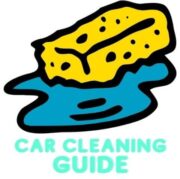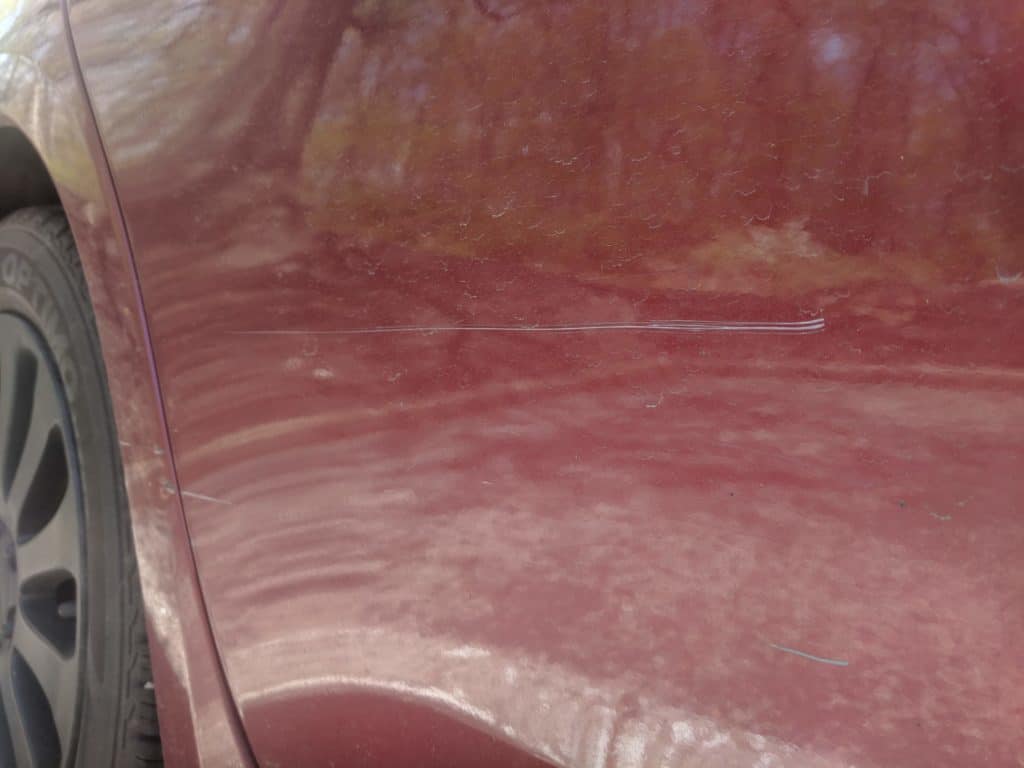- What Is The Two Bucket Method To Wash Car Properly - July 2, 2021
- 5 Best Car Seat For Grandparents That Impress Your In Laws - May 18, 2021
- 5 Best Rooftop Cargo Box For Audi Q5 [Review & Buying Guide] - May 11, 2021
Last Updated on January 29, 2024 by Chase Manhattan
Car scratches are an inevitable part of owning a vehicle. No matter how careful a driver is, scratches are bound to happen eventually. There are many different causes of car scratches, some of which are avoidable and others that are not. Understanding the common causes of car scratches can help drivers take preventative measures to avoid them.
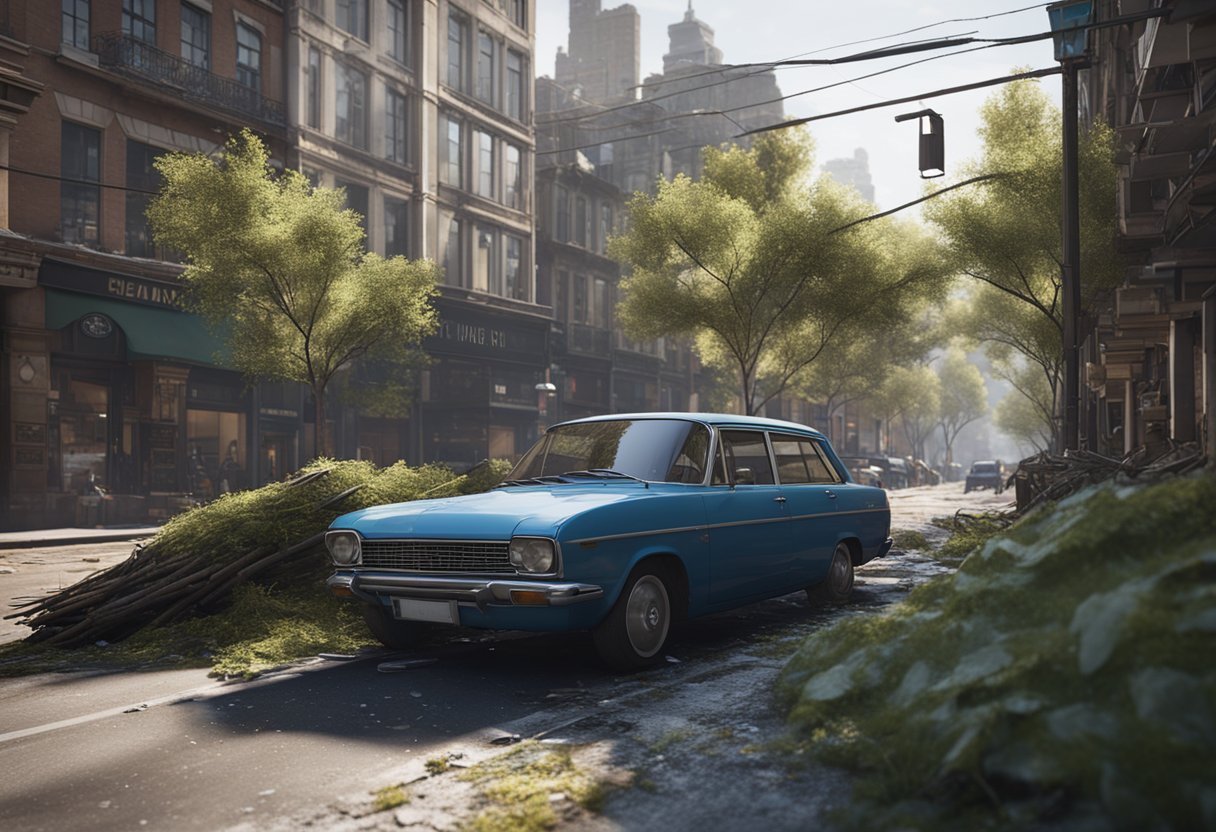
One of the most common causes of car scratches is improper washing and drying techniques. Dirt and debris can become trapped in sponges or cloths and cause scratches as they are dragged across the paintwork. It is important to use proper washing and drying techniques to avoid this type of damage. Another common cause of car scratches is parking too close to other vehicles or objects. This can result in scratches from doors or other objects rubbing against the car’s paintwork.
Other common causes of car scratches include driving on gravel or other rough surfaces, as well as exposure to harsh weather conditions such as hail or snow. It is important to take preventative measures such as avoiding rough roads and parking in covered areas during inclement weather. By understanding the common causes of car scratches and taking preventative measures, drivers can help keep their vehicles looking their best for years to come.
Quick Navigation
Understanding Car Scratches
Car scratches can be a frustrating issue for vehicle owners. They can occur due to a variety of reasons, ranging from minor to severe. Understanding the different types of scratches and the layers of car paint can help in identifying the cause and the appropriate solution.
Types of Scratches
There are several types of scratches that can occur on a car’s surface. Surface scratches are minor and only affect the clear coat layer of the car’s paint. These can be easily fixed with a simple polishing compound or wax. Base coat scratches are deeper and can expose the color coat layer. These scratches require more attention and may need a touch-up paint job.
Deep scratches are the most severe and can penetrate through the color coat and primer layer, exposing the metal underneath. These scratches can lead to rust and further damage if left untreated. Professional help may be required to fix deep scratches.
Layers of Car Paint
Car paint is made up of several layers, including the clear coat, color coat, primer, and metal. The clear coat is the outermost layer and provides protection against minor scratches and UV rays. Clear coat scratches are the most common type of scratch and can be easily fixed with a polishing compound or wax.
The color coat is the layer that provides the car’s color. Base coat scratches can expose this layer and require touch-up paint to fix. The primer layer is applied to the metal body of the car and provides a smooth surface for the color coat layer. Primer scratches can expose the metal layer and require immediate attention to prevent rust.
In conclusion, understanding the different types of car scratches and the layers of car paint can help in identifying the cause and the appropriate solution. Minor scratches can be easily fixed with a polishing compound or wax, while deeper scratches may require professional help. It is important to address scratches promptly to prevent further damage and maintain the car’s appearance.
External Factors Leading to Scratches

Car scratches can be caused by a variety of external factors. In this section, we will explore some of the most common causes of scratches that are beyond the control of the car owner.
Environmental Damage
Environmental damage is one of the most common causes of car scratches. Rocks, hedges, and other debris on the road can cause scratches or chips in the car’s paintwork. Bird droppings, dead bugs, and other environmental contaminants can also cause scratches if they are not removed promptly. UV rays from the sun can also damage the car’s paint and cause it to fade or peel, making it more susceptible to scratches.
To prevent environmental damage, car owners should park their vehicles in a garage or under a carport whenever possible. Regular washing and waxing can also help protect the car’s paint from environmental damage.
Accidental Damage
Car accidents are another common cause of scratches. Even a minor collision can cause scratches or dents in the car’s bodywork. Rock chips from other vehicles on the road can also cause scratches if they hit the car at high speed. Kids playing near the car can accidentally cause scratches if they ride their bikes or play ball too close to the vehicle.
To prevent accidental damage, car owners should park their vehicles in a safe location, away from busy roads and areas where kids play. Defensive driving can also help prevent accidents on the road.
Vandalism and Intentional Damage
Car vandalism and intentional damage are less common causes of scratches, but they can be more serious. Other drivers may intentionally scratch a car in a fit of road rage or jealousy. Kids or teenagers may scratch a car as a prank or act of vandalism. In some cases, car thieves may scratch a car when attempting to break into it.
To prevent vandalism and intentional damage, car owners should park their vehicles in a secure location, such as a garage or car park with CCTV. Installing an alarm or immobilizer can also deter thieves and vandals.
Car Maintenance and Usage
Washing and Detailing
Regular washing and detailing of a car is essential to keep it looking new and free from scratches. It is important to use the right materials and techniques when washing a car to avoid causing any damage to the paintwork. Automatic car washes are convenient, but they may not always be the best option as they can cause scratches and swirl marks on the car’s surface. It is recommended to wash the car by hand using a good quality car shampoo and a microfiber wash mitt.
When drying the car, it is important to use a soft, clean towel to avoid any scratches. It is also recommended to use a wax or sealant to protect the car’s paint from environmental factors such as UV rays, bird droppings, and tree sap. A well-maintained car will not only look better but will also retain its value for longer.
Everyday Use and Parking
Bad parking habits can also cause scratches and dents on a car’s surface. It is important to park the car in a safe and secure location to avoid any accidental damage. When parking in a public area, it is recommended to park in a well-lit area and avoid parking too close to other cars.
Rubbing against the car can also cause scratches. It is important to be careful when loading and unloading items from the car to avoid any accidental damage. It is also recommended to use a car cover to protect the car’s paint from scratches and other environmental factors.
In conclusion, regular maintenance and careful usage of a car can help prevent scratches and keep it looking new for longer. By following the right techniques for washing and detailing and avoiding bad parking habits, car owners can protect their investment and enjoy their car for years to come.
Prevention and Protection
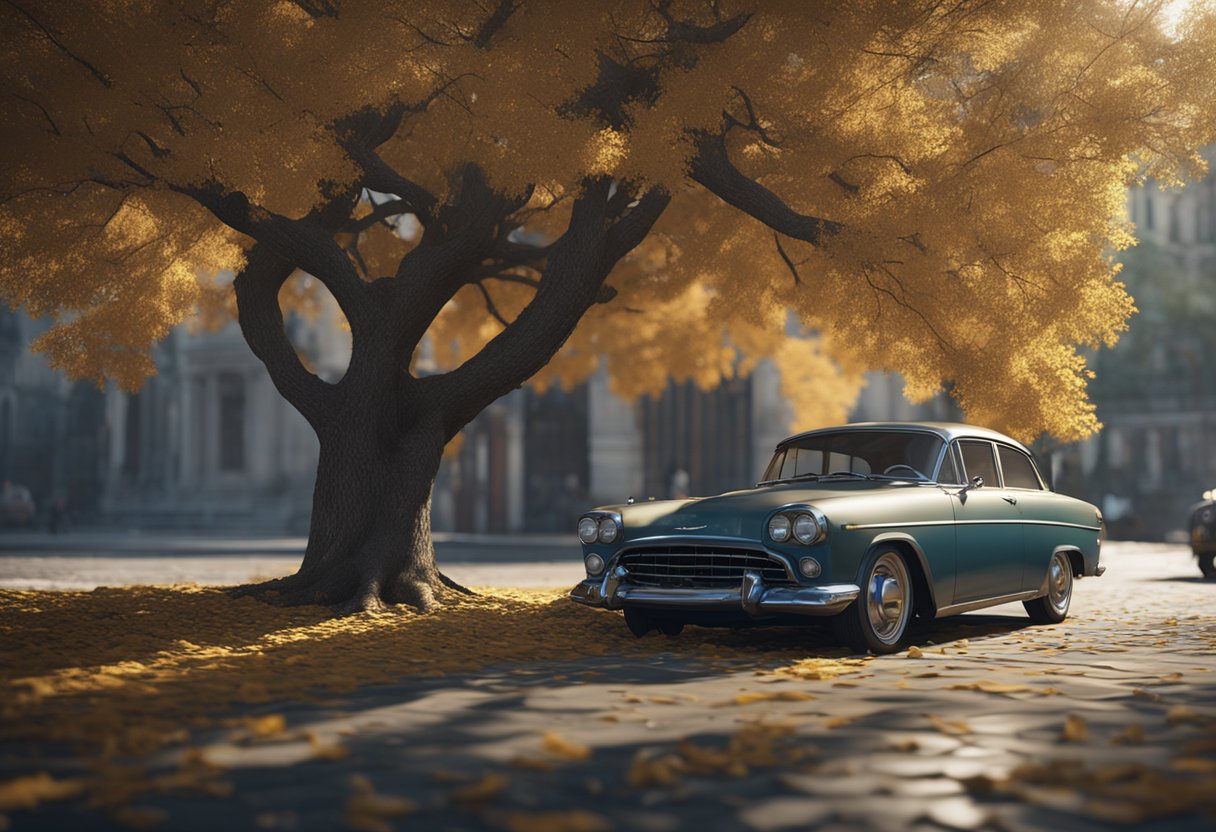
Protective Measures
Preventing car scratches is the best way to avoid costly repairs and maintain the value of your vehicle. There are several protective measures that can be taken to minimize the risk of scratches. One of the most effective ways to protect your car’s paint is by applying a wax coating. Wax provides a protective layer that shields your car from environmental factors such as UV rays, dirt, and debris. Regular waxing can help keep your car looking new and prevent scratches from forming.
Another way to protect your car’s paint is by using a polishing compound. Polishing compound can help remove minor scratches and imperfections from the paint surface. It can also help restore the shine and luster of the paint. There are two types of polishing compounds: machine polish and hand polish. Machine polish is used with a polishing machine, while hand polish is applied by hand. Both types of polishing compound can be effective in preventing scratches.
Safe Cleaning Practices
In addition to protective measures, safe cleaning practices can also help prevent scratches. When washing your car, it’s important to use a soft, clean sponge or cloth. Avoid using abrasive materials such as steel wool or harsh chemicals that can scratch the paint. It’s also important to rinse your car thoroughly before washing to remove any dirt or debris that can scratch the paint.
Turtle Wax is a popular brand of car wax that is known for its protective properties. It is easy to apply and can provide long-lasting protection against scratches and other environmental factors. Using Turtle Wax can help keep your car looking new and prevent scratches from forming.
Overall, taking protective measures and practicing safe cleaning practices can help prevent car scratches and maintain the value of your vehicle. Regular waxing, polishing, and safe cleaning practices can help keep your car looking new and prevent scratches from forming.
Repairing Car Scratches
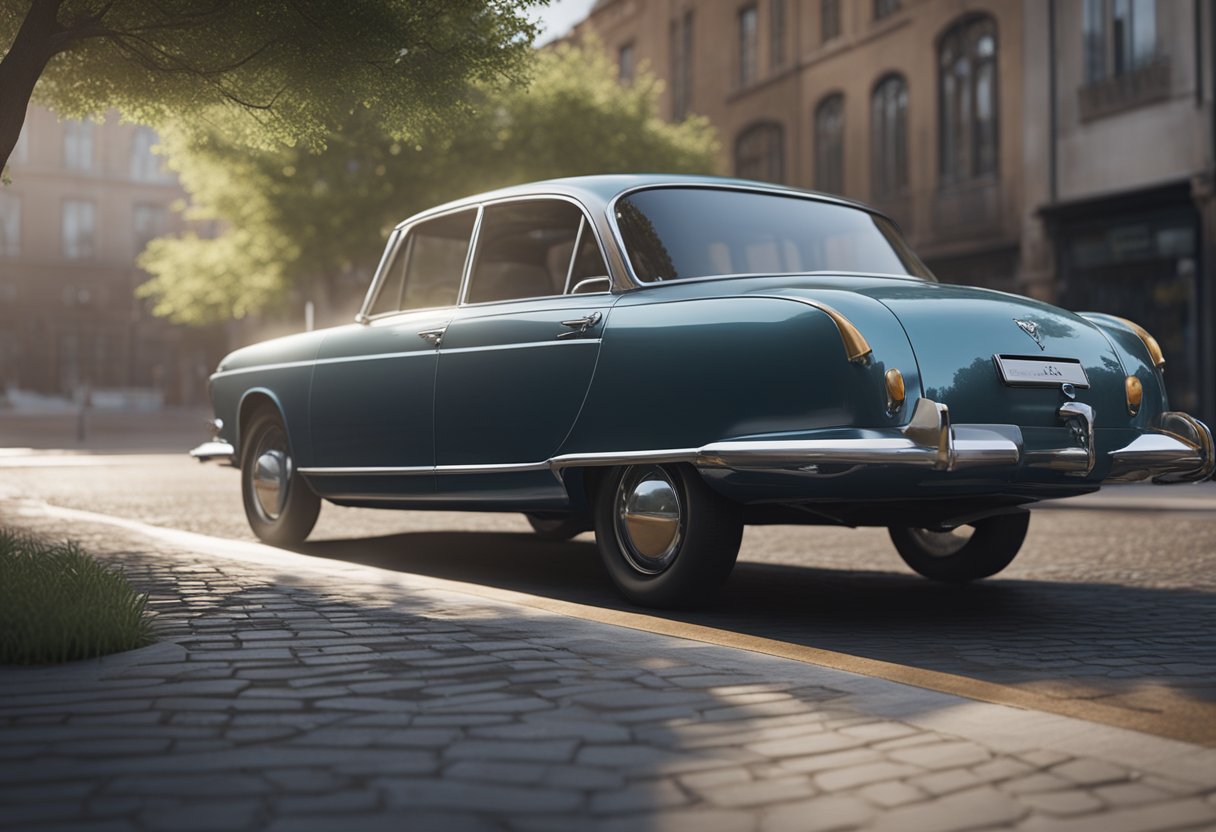
Car scratches can be a frustrating and unsightly issue for any car owner. Fortunately, there are several options available for repairing car scratches, ranging from DIY solutions to professional repair services.
DIY Solutions
For minor scratches, DIY solutions can be a cost-effective and relatively simple option. Touch-up paint can be used to fill in small scratches and chips, while buffing and polishing can help to remove surface scratches and restore the car’s finish. There are also car scratch repair kits available that contain all the necessary supplies and instructions for repairing minor scratches at home.
When using DIY solutions, it’s important to follow the instructions carefully and take the necessary precautions to avoid causing further damage to the car’s paint. For example, when sanding or filling in scratches, it’s important to use the correct grit sandpaper and avoid applying too much pressure, as this can damage the surrounding paint.
Professional Repair Services
For more severe scratches or those that require repainting, professional repair services may be necessary. This can include taking the car to a local body shop or hiring a mobile repair service that specializes in car scratch repair.
Professional repair services can offer a range of options for repairing car scratches, including sanding, filling, and repainting damaged areas. They may also use specialized tools and techniques to match the color and texture of the car’s original paint, ensuring a seamless and long-lasting repair.
When choosing a professional repair service, it’s important to do your research and select a reputable and experienced provider. This can help to ensure that the repair is completed to a high standard and that you receive a fair and competitive price for the service.
In summary, repairing car scratches can be a manageable task with the right approach. Whether you choose to use DIY solutions or professional repair services, taking the time to properly repair car scratches can help to maintain the appearance and value of your vehicle.
Consequences of Ignored Scratches
Ignoring scratches on a car can lead to more severe problems in the future. If left untreated, scratches can cause rust to form on the bare steel or aluminum underneath the paint. Rust can quickly spread and cause significant damage to the car’s body, which can be expensive to repair.
In addition to rust, ignored scratches can also lead to paint damage. The paint job on a car is not only for aesthetic purposes but also serves as a protective layer. When scratches penetrate the paint layer, it leaves the bare metal or plastic panel exposed to environmental factors. This can cause the paint to fade, peel, or flake off, making the car look unsightly and reducing its resale value.
Moreover, scratches can also compromise the structural integrity of the car’s body. If a scratch is deep enough, it can weaken the car’s frame, making it more susceptible to damage in the event of an accident.
Therefore, it is essential to repair scratches as soon as possible to prevent further damage to the car. A quick fix can help protect the paint and prevent rust from forming, ultimately saving the car owner time and money in the long run.
Assessing Scratch Severity
When it comes to assessing the severity of a car scratch, there are a few different methods that can be used to determine the depth and extent of the damage. This information is crucial in deciding what type of repair method to use and whether the scratch can be fixed at home or needs to be taken to a professional.
The Fingernail Test
One simple way to assess the severity of a scratch is to use the fingernail test. This involves running a fingernail over the scratch to feel for any grooves or ridges. If the scratch is barely noticeable and doesn’t catch on the nail, it’s likely a light scratch that can be easily buffed out. However, if the scratch is deep enough to catch on the nail, it may require a more extensive repair.
Scratch Depth Evaluation
Another method of assessing scratch severity is to evaluate the depth of the damage. There are several different types of car scratches, including clear coat scratches, primer scratches, color coat scratches, and deep scratches that penetrate all layers of paint.
For clear coat scratches, the scratch is limited to the clear coat layer and does not extend into the color layer. These scratches can often be buffed out with a polishing compound.
Primer scratches occur when the scratch extends down to the primer layer, which is typically gray or white in color. These scratches may require touch-up paint or a more extensive repair.
Color coat scratches are deeper than clear coat scratches and extend into the color layer of the paint. These scratches can be more difficult to repair and may require touch-up paint or a more extensive repair.
Deep scratches are the most severe type of scratch and penetrate all layers of paint, including the primer and color coat layers. These scratches may require a complete panel repaint or replacement.
It’s also worth noting that scratches on glass or wheels may require different repair methods than scratches on the car’s body. It’s important to properly assess the severity of a scratch before attempting any repairs to avoid causing further damage.
Frequently Asked Questions
What everyday activities are likely to cause scratches on my car?
There are a number of everyday activities that can cause scratches on a car’s paint. For example, washing and drying a car with the wrong materials or technique can cause scratches. Parking near bushes or trees can also result in scratches from branches or leaves rubbing against the car. Even driving on gravel or dirt roads can cause small rocks and debris to kick up and scratch the paint.
How can I identify different types of scratches on my vehicle?
There are different types of scratches that can occur on a car’s paint. Surface scratches are the most common and are usually shallow and easy to remove. Deeper scratches may require more advanced techniques or professional help. It’s important to identify the type of scratch before attempting to fix it, as using the wrong method could make the problem worse.
What are the best methods for removing deep scratches from my car’s paint?
Removing deep scratches from a car’s paint can be challenging and may require professional help. However, there are some DIY methods that can be effective, such as using touch-up paint or a scratch repair kit. It’s important to follow the instructions carefully and take your time to ensure the best results.
Is it common for cars to get scratched over time and what are the reasons?
Yes, it is common for cars to get scratched over time. This can be due to a number of reasons, including normal wear and tear, environmental factors, and accidents. Even minor scratches can accumulate over time and result in a noticeable loss of shine and appearance.
What are some unexpected ways a car might get scratched?
There are many unexpected ways a car can get scratched, such as from pets jumping on or scratching the car, children playing near the car, or even from other drivers opening their doors too close. It’s important to be aware of these potential hazards and take steps to protect your car’s paint.
Why does my car’s paint seem to scratch more easily than expected?
There could be a number of reasons why a car’s paint seems to scratch more easily than expected. It could be due to a low-quality paint job, poor maintenance, or using the wrong materials or techniques when washing or detailing the car. It’s important to take care of your car’s paint to ensure it stays in good condition and doesn’t scratch easily.
